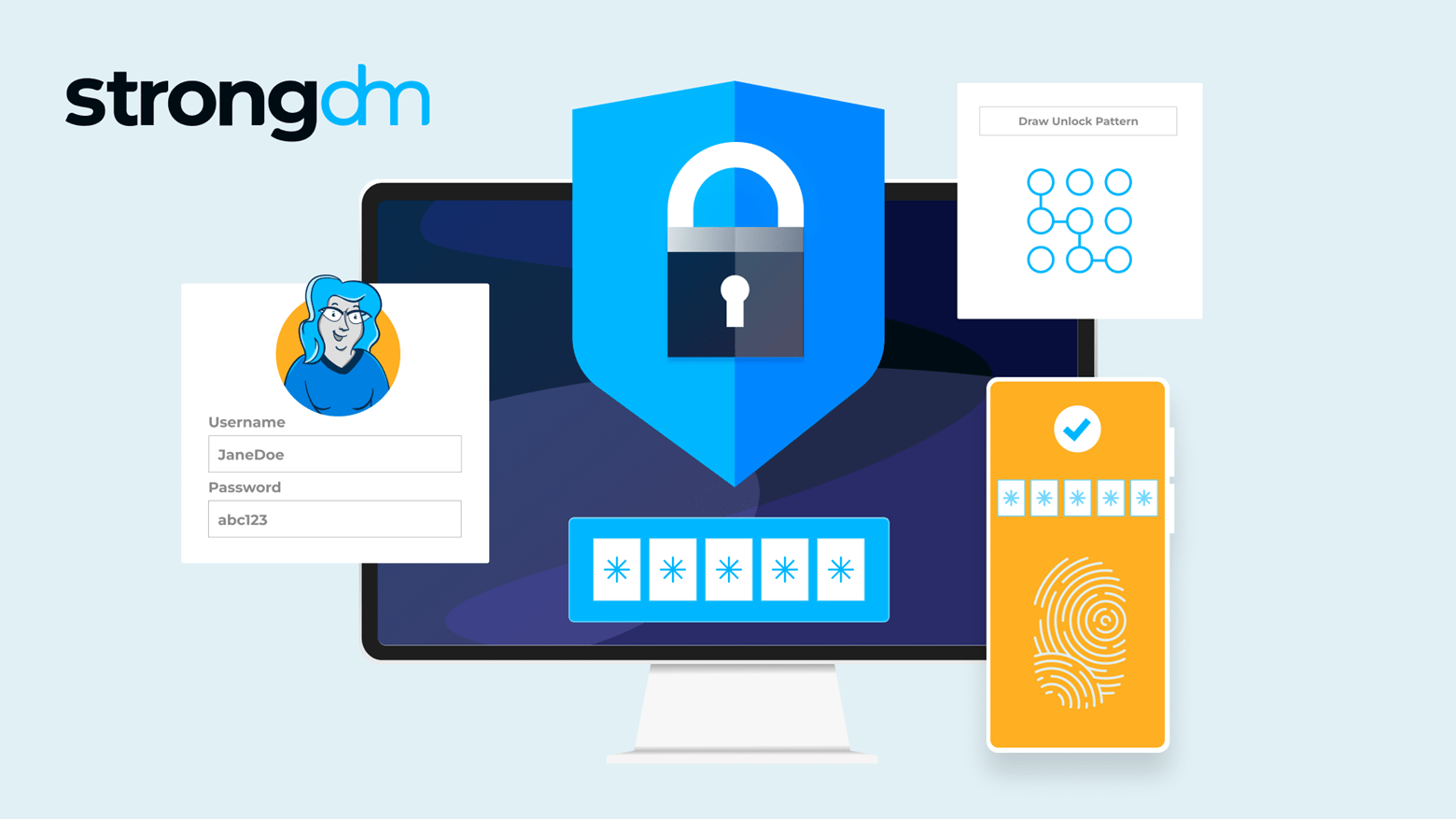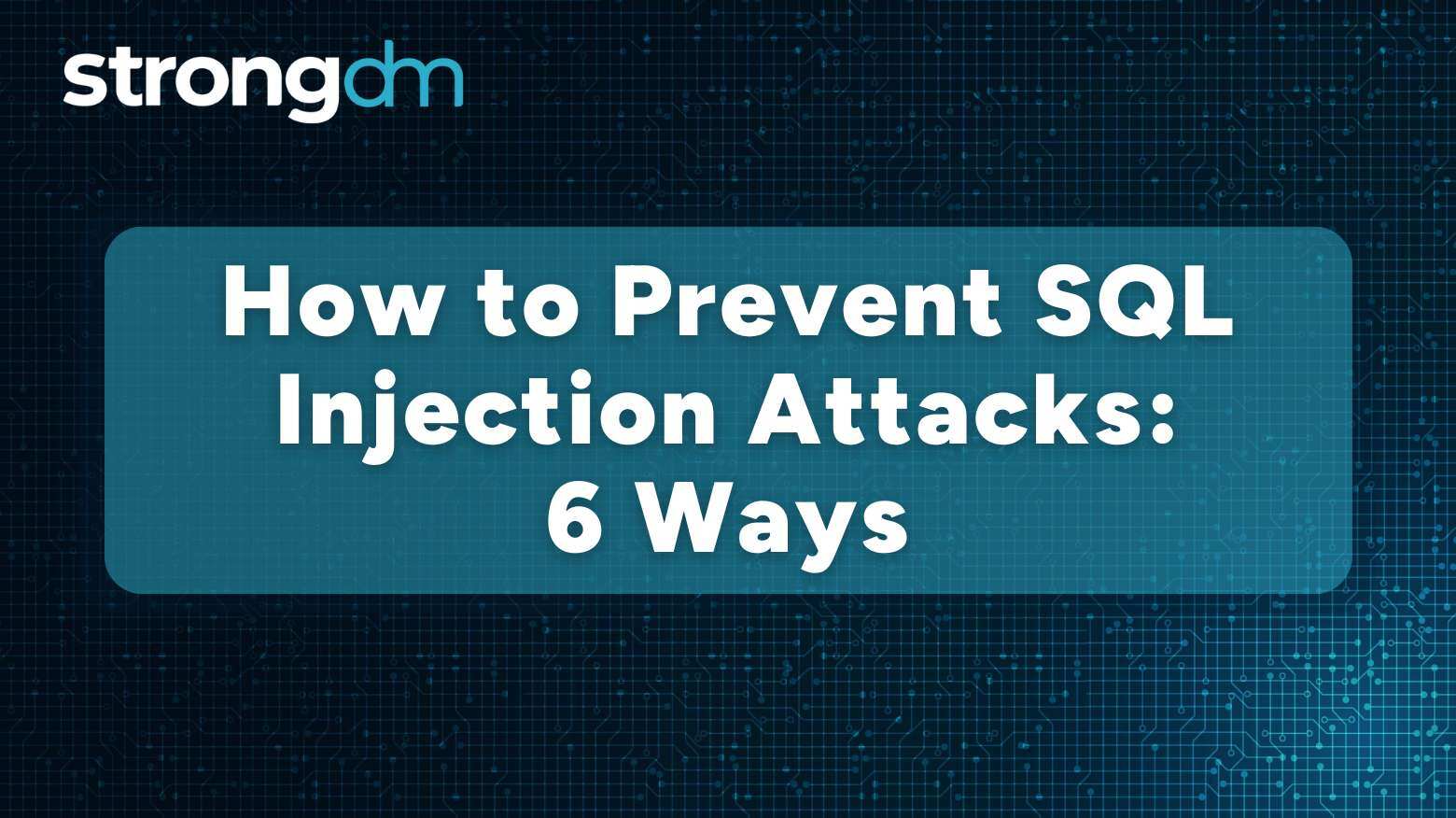As enterprises continue to modernize their IT environments, the need for a more advanced and adaptable approach to database authorization becomes increasingly apparent. Traditional models, with their reliance on static roles and broad permissions, are no longer sufficient to meet the demands of decentralized, dynamic infrastructures. StrongDM addresses this gap by offering a solution that emphasizes fine-grained, policy-based action control, enabling organizations to manage database access with














